Widgetized Section
Go to Admin » Appearance » Widgets » and move Gabfire Widget: Social into that MastheadOverlay zone
Static or Dynamic? It’s a Choice
By Laree Kiely, PhD
Recently, we have seen many organizations and whole industries become obsolete over night. Of course, organizations are living systems and living systems, just like the human body or plants and animals, are always in the process of growing or dying.
The differences between static and dynamic organizations are seen in several tell-tale signs.
Strategy versus plan
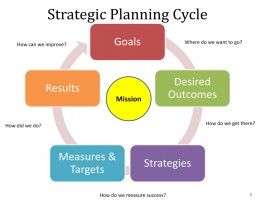 One of the most obvious signs of a static organization is that it either has no strategic plan, or it has one, but it has no strategy: sort of “here’s what we can do and we don’t really care if you like it or not.” It’s the way we are organized; it’s what we have to offer that matters. The consumer adapts to us rather than the other way around. This occurs in the private and the public sector. Just try buying a phone service today and see who has to adapt to whom.
One of the most obvious signs of a static organization is that it either has no strategic plan, or it has one, but it has no strategy: sort of “here’s what we can do and we don’t really care if you like it or not.” It’s the way we are organized; it’s what we have to offer that matters. The consumer adapts to us rather than the other way around. This occurs in the private and the public sector. Just try buying a phone service today and see who has to adapt to whom.
Dynamic groups, on the other hand, have an external, consumer-focused strategy that is flexible enough to adapt to whatever is going on. They take a balcony view of the world at large and how they fit into it. Everyone gets the “big” picture. Few are stuck in the weeds.
The nature of the conversations:
In fact, if you listen closely to the talk in static organizations, the consumer is rarely mentioned. Most conversations center around today and what can’t be done. “They,” mentioned frequently, are the main reason why things can’t be done. ‘Though if you go on a search for “they,” “they” can’t be found. “They” don’t exist. The conversations also include a lot of talk about each other, and not in very positive ways.
In dynamic systems, the conversations focus on the consumer and continuous improvement. The most prominent pronoun is the inclusive “we.”
The attitude toward change:
In static organizations, change is entertained only when there is a crisis; it is reactive, throwing the organization into a tizzy. The participants keep doing the same old thing, maybe faster, maybe with more technology, maybe with more resources, maybe with small incremental improvements, but not so much with a focus on improvement as an irritation that they have to do something differently. It is more about doing, and repetitive doing. Static organizations have no way of managing change effectively, so it is very disruptive.
Dynamic systems, on the other hand, not only meet the consumers’ needs, but they are already looking at future needs that the consumers might not even know they will have. “Change” is a passé word and most parties are already looking at innovation, or at least continuous improvement in everything they do. The focus is not just on doing, but always doing better, always focusing on the thinking and learning necessary for constant improvement.
Decision Processes
In static organizations people sit back and wait until someone or “they” tell them what to do and how to do it. The reasoning behind the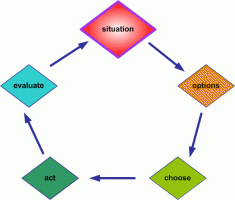 activities rarely comes up. If an idea is mentioned from someone deeper in the organization, the reaction is often an odd look and no response, as if the person with the idea must be from Mars.
activities rarely comes up. If an idea is mentioned from someone deeper in the organization, the reaction is often an odd look and no response, as if the person with the idea must be from Mars.
But dynamic organizations are “why” cultures. The “why” is always stated or requested. In addition, people at all levels are asked for their input. Even if their ideas are not used, they are treated with respect.
False sense of security
Static organizations have a false sense of security. The world will always need us; we are stable and invincible.
Dynamic organizations have no such hubris. There is a feeling of humility and appreciation for the work they get to do and the contribution they make to society. There are some exceptions to this, of course: some high tech companies have enormous egos yet are quite dynamic.
Organizational culture
Static organizations manage more by “policing” and a paternal model that feels like parent/child. There is a lot of “telling.” The model is to “push” information. These organizations hire people to show up and follow orders.
Dynamic organizations are “coaching” cultures rather than “managing” cultures. There is more listening than telling. The model is to pull information from as many sources as possible. These organizations hire people to think as well as do.
Answering the “so what” question
A few caveats before we go on. This discussion is just a starting place from which to assess your organization. There are more criteria than we have space for here. Keep in mind that the difference between a dynamic and a static culture is more like a continuum than an absolute. Additional caution: you can be too dynamic as well as too static. But these should be choices rather than defaults.
If your organization needs to move toward the dynamic, here are a few steps to take:
- Let go of feeling the need to be in absolute control.
- Make the move from static to dynamic in gradual baby steps because the change, although welcome by most, can be very disruptive
- Do an assessment of your cultural norms and the unwritten rules in your group. Interestingly, these can be seen best by people who are new to your organization. Newcomers will be more objective. They have probably been “stepping” in the established rules and they have gotten negative reactions. That’s how you know a rule exists.
- Tweak these norms ever so slightly and make the changes sustainable through positive reactions and reinforcements rather than punishments. One of the best books you’ll ever read is one called Bringing out the Best in People by Aubrey Daniels. It gives you a step-by-step model for moving toward a dynamic organization.
This new world and what is now being called the “new normal,” makes all organizations very unstable. Unstable organizations cause instability in the lives of individuals. Instability in our lives does not bring out the best in people. It’s a system and if we introduce positive changes into it, we can at least be assured that we are doing the right thing, however temporary it may be. Doing the right thing usually leads to more work we can do, more work we can do leads to more stability.
But don’t get me wrong. It’s a complex world out there. Just because you are a dynamic organization doesn’t mean you will be optimally successful or even that you will be around forever, but it does give you a much better shot at it!
Laree Kiely, Ph.D., is President of the Kiely Group. Dr Kiely served on the faculty at USC for over 15 years. In addition to currently leading the Kiely Group, she serves as faculty for leadership programs at Duke CE, UCLA, USC, Thunderbird, and Ivey (Toronto). The Kiely Group specializes in Leadership and Organizational Impact. Please send your comments, questions, and stories to us at: [email protected]



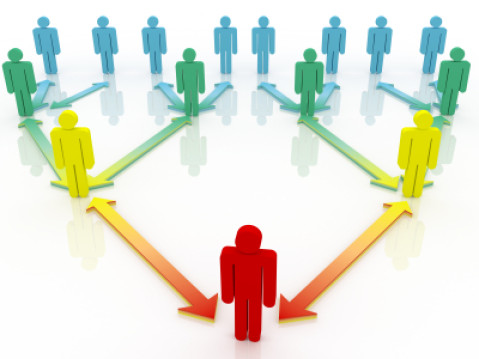
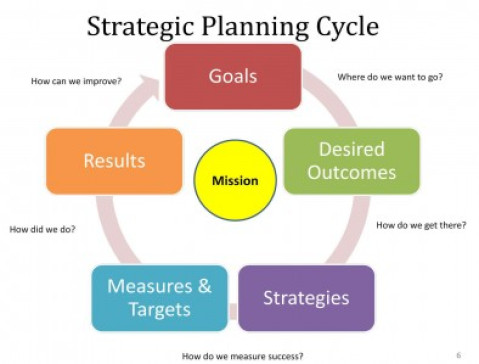
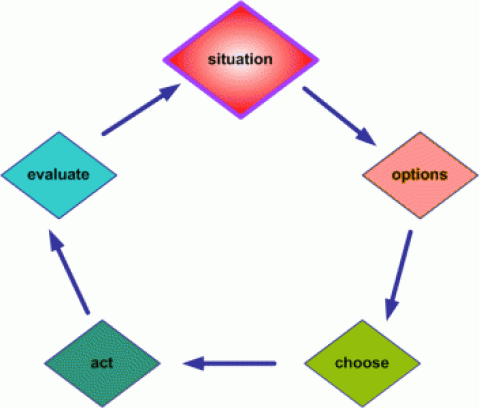

 (2 votes, average: 4.50 out of 5)
(2 votes, average: 4.50 out of 5)
Follow Us!